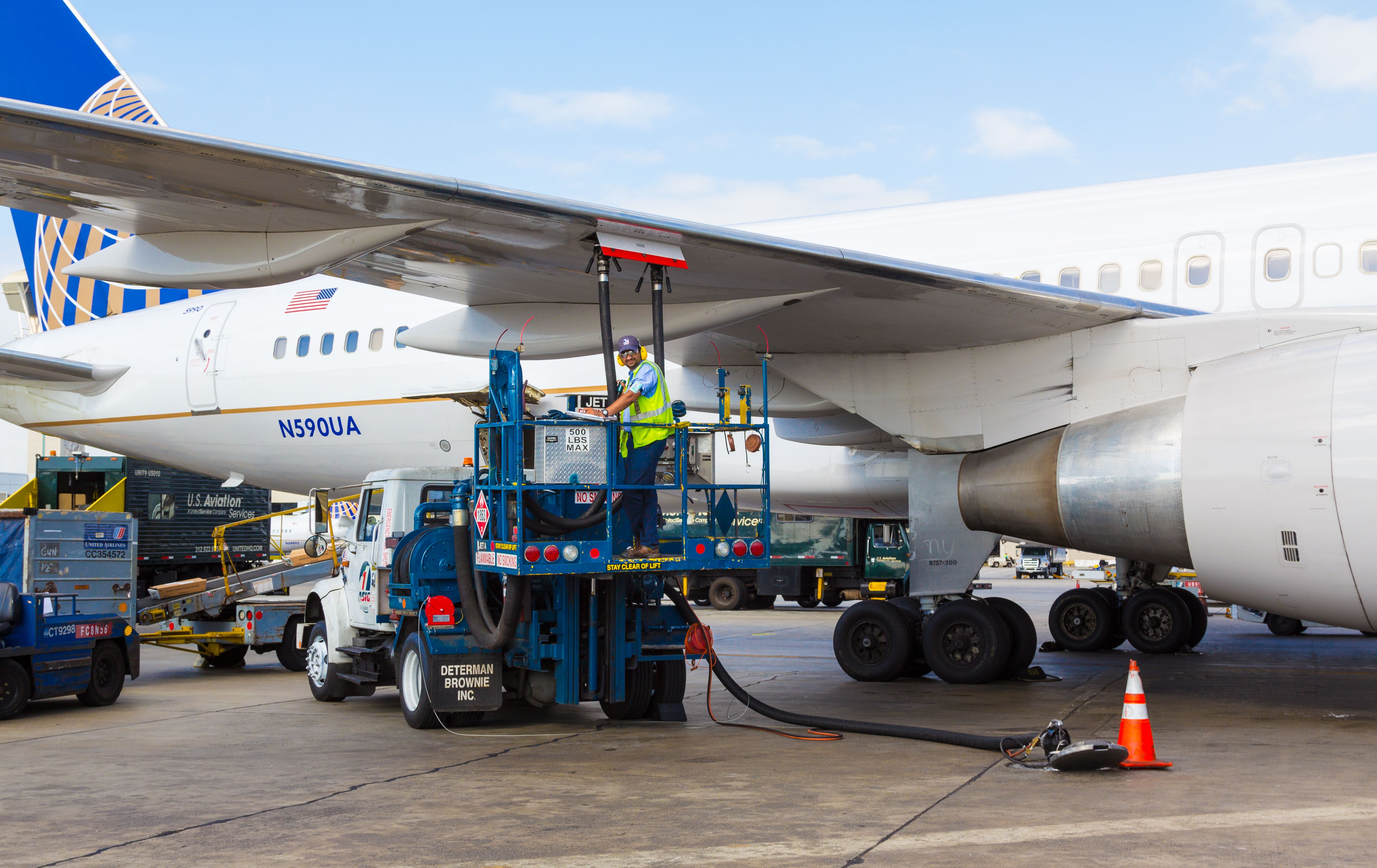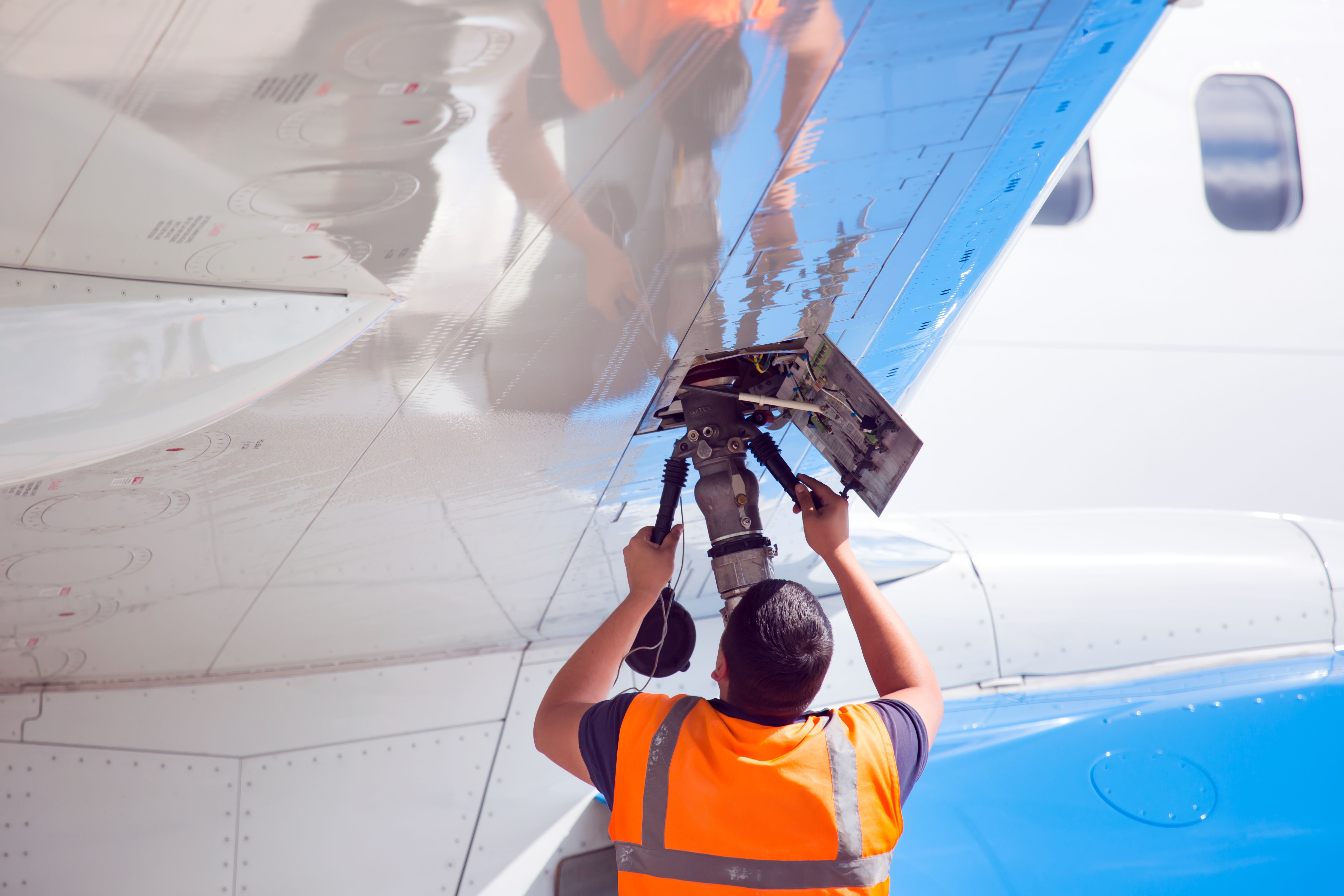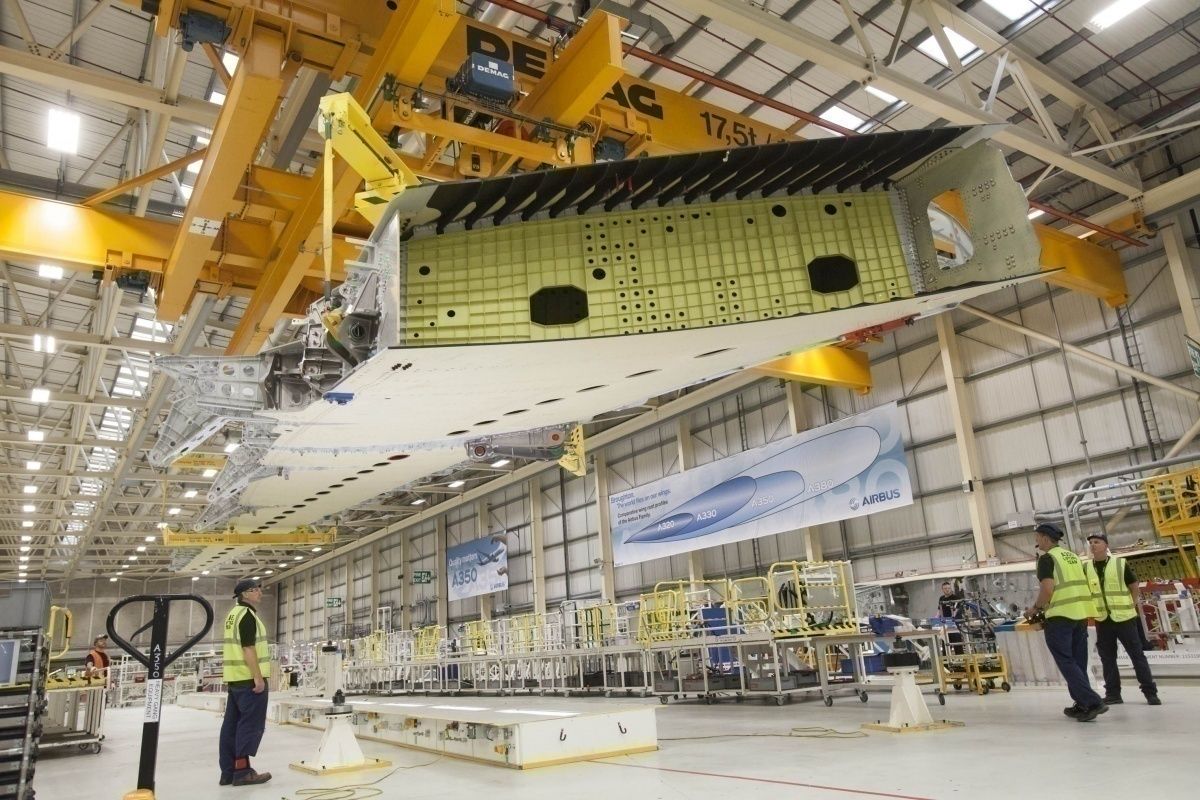Summary
- During flight, sloshing in aircraft fuel tanks can impact flight dynamics, potentially causing uncontrollable pitch-up and stalling.
- Manufacturers design specialized baffles within fuel tanks to minimize sloshing and reduce cyclic stress and fatigue.
- Some aircraft use mesh or plastic bladders to prevent sloshing and maintain stability during extreme maneuvers.
Sloshing is defined as the movement of liquid contained within an enclosed area. As the motion changes the dynamics of the container, it affects the liquid inside, which sloshes across the walls of the container. The sloshing of fuel in aircraft fuel tanks is a common occurrence that can impact flight dynamics and the aircraft’s center of gravity during flight.
Fuel sloshing must be managed by design, where periodic oscillations of fuel must be controlled to minimize cyclic stress and fatigue in fuel tank structures. Manufacturers typically design specialized baffles (sections) within fuel and other tanks holding large amounts of liquid to reduce sloshing during ground or flight movements.
Photo: Meister Photos | Shutterstock
This article describes the fuel sloshing problem in aircraft, its impact on flight dynamics, and its management by design and other parameters.
Fuel sloshing and the problems caused
Like in any other tank filled with liquid, aircraft fuel tanks are also prone to sloshing during flight. While aircraft are typically stable throughout the flight, roll maneuvers, hard landings, and significant turbulence during cruise can cause the fuel to slosh around the tank. Significant sloshing can shift the center of gravity (CG), especially when the fuel quantity is reduced (typically during the latter part of the flight). Theoretically, a substantial shift in CG due to fuel sloshing can cause an uncontrollable pitch-up, leading to a stall.
Photo: Skycolors | Shutterstock
In most commercial aircraft, fuel is also stored in wing tanks to achieve aircraft stability while utilizing the available space. Fuel is generally stored close to the CG in the longitudinal (pitching) direction. That means most of the fuel is held near the wing root and in the fuselage section between the wings. This prevents great changes in the CG as fuel is consumed during flight. The effects of sloshing closer to the CG can be balanced with minimal impact.
Wing fuel tanks are also subdivided into sections (baffled design) to reduce sloshing. These limit the amount of area available for the liquid to move, preventing large changes during maneuvers. The shift in CG within a single section is much less than in a larger tank. Large metal or composite plates prevent fuel from flowing across. The sectional design of the wing tanks also helps in spanwise direction to avoid high loads on wing ribs as the aircraft rolls.
Photo: Airbus
During high-roll maneuvers, fuel tank baffles prevent significant inertial force on the wing’s tank walls. Interestingly, they also increase the structural strength of the airframe. Notably, tank subdivisions must be large enough to enable substantial fuel flow during regular fuel burn, ground or aerial refueling, or tank transfers.
Fuel tank meshing
Some aircraft (especially fighter jets that require extreme maneuvers) are equipped with sponge-like mesh within the fuel tanks to break up sloshing during flight. The mesh is lined across the walls of the tank, taking up approximately 2% of the tank volume. However, the mesh only prevents the shift in CG in routine maneuvers.
During extreme maneuvers, such as a steep nose-up altitude, fuel is temporarily collected in the back of the tanks. Modern fighter aircraft distribute the fuel over several sections to prevent significant CG shifts. Some aircraft feature tanks that are lined with plastic bladders, allowing the bladder to collapse as the fuel is depleted.
What are your thoughts on fuel sloshing during flight and its effects on flight dynamics? Tell us in the comments section.




